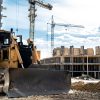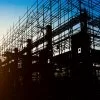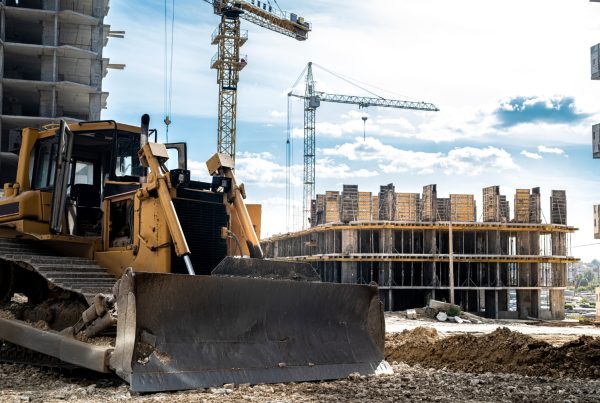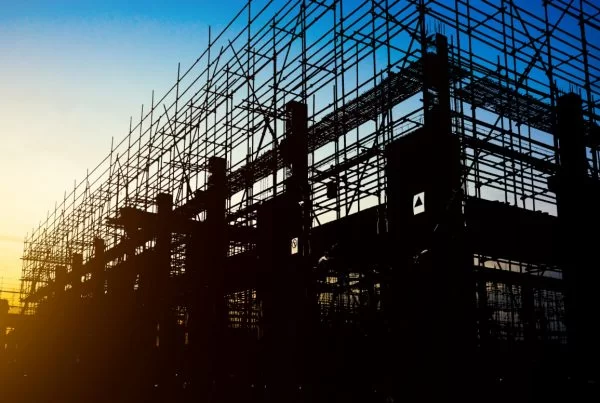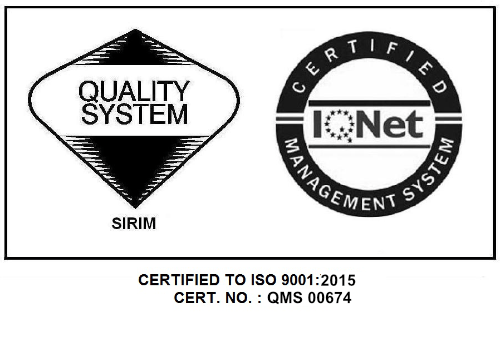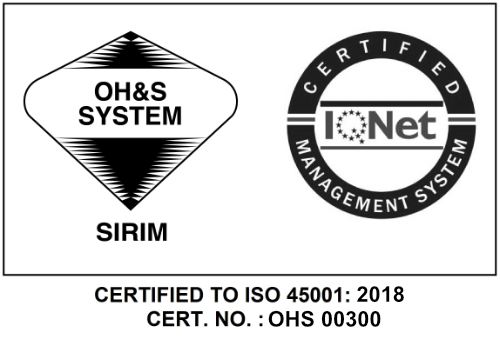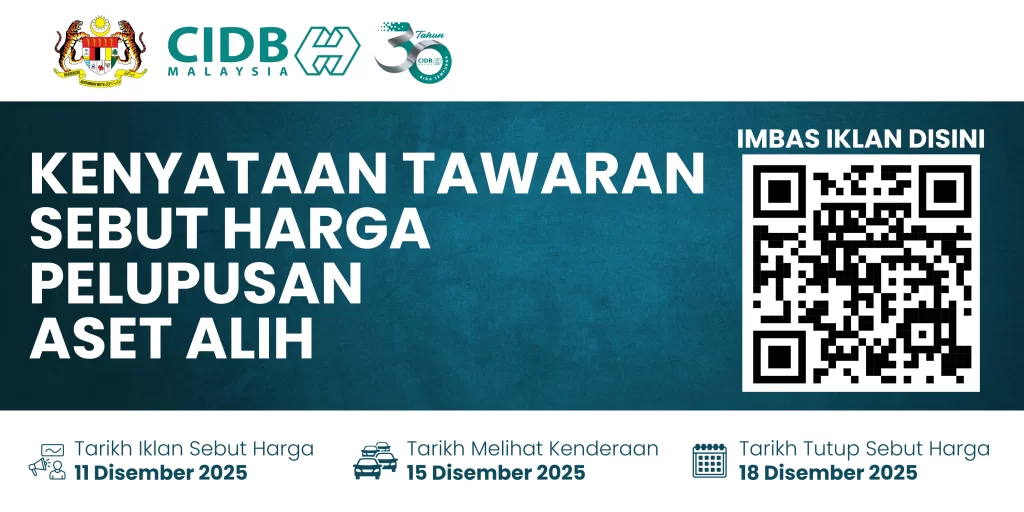
During the Construction Sustainability Summit at ICW Borneo 2025, Ir. Pramod Kumar Karunakaran, Executive Vice President for Project Delivery at Sarawak Energy Berhad, shared the company’s ambitious plans to power Sarawak’s future through clean, renewable energy. He highlighted how Sarawak Energy, as Malaysia’s largest renewable energy developer, is committed to sustainable growth by balancing energy security, sustainability and affordability.
With a current total available capacity of 5.7 GW, Sarawak Energy aims to expand this to 10 GW by 2030, ensuring that at least 60% of the energy mix comes from renewable sources, such as hydropower and solar. Hydropower remains a key enabler, acting as a baseload power source and supporting other variable renewable energy initiatives. Major hydropower projects, such as Batang Ai, Bakun, Murum, and the upcoming Baleh Dam, scheduled for commissioning in Q4 2030, underscore the company’s dedication to sustainable, clean power.

Ir. Pramod Kumar noted that decarbonising the power system has already resulted in a 72% reduction in carbon emission intensity from 2010 to 2023. This significant achievement reflects Sarawak Energy’s unwavering commitment to climate action and its recognition of hydropower’s role as a flexible, reliable and low-cost energy source.
Sarawak Energy’s clean power drive also extends to solar power. The successful commissioning of the Batang Ai Floating Solar Farm in December 2024, alongside the company’s plans to scale up solar capacity with ground-mounted and floating solar projects, will further strengthen Sarawak’s green ambition.
Stay tuned for Part 2, which explores how Sarawak Energy’s initiatives are unlocking economic opportunities and driving community growth.
Related article:


